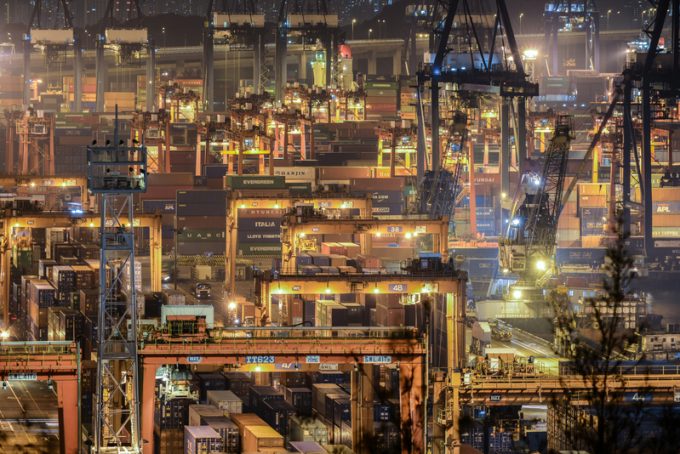Asia-West Africa ULCV deployment opens new markets for carriers
Following a sustained period of investment in port infrastructure and container handling equipment, ultra-large container ...

Port and terminal consolidation is the “only long-term answer” to mitigate the impact of fewer calls of ultra large container vessels (ULCVs) bringing bigger box exchanges, argues Drewry.
Neil Davidson, senior analyst at Drewry’s ports & terminal practice, said yesterday that more M&A activity, “both operationally ...

Comment on this article
Ross Delaney
January 26, 2017 at 1:11 am“Port and container terminal consolidation can mitigate the impact of ULCVs”
or in other words according to us at Gilead….. “let’s double down on a broken supply chain system”
More high cost inland and beyond spend so those long the highest cost infrastructure (megaport & ULCVs & rail) can be bailed-out; just like they were bailed-in in the first instance by means of public funded subsidies.
Ports need to be as close to origin and destination as is practicable. Hub port use is merely for the non-practicable, so let’s not continue subsidising the illogical and creating inefficient new realities as we have been.
Richard Rendell
January 27, 2017 at 3:19 amTrump’s border tariff to build wall could put an end to Mexico’s Pacific Coast container terminal expansion.